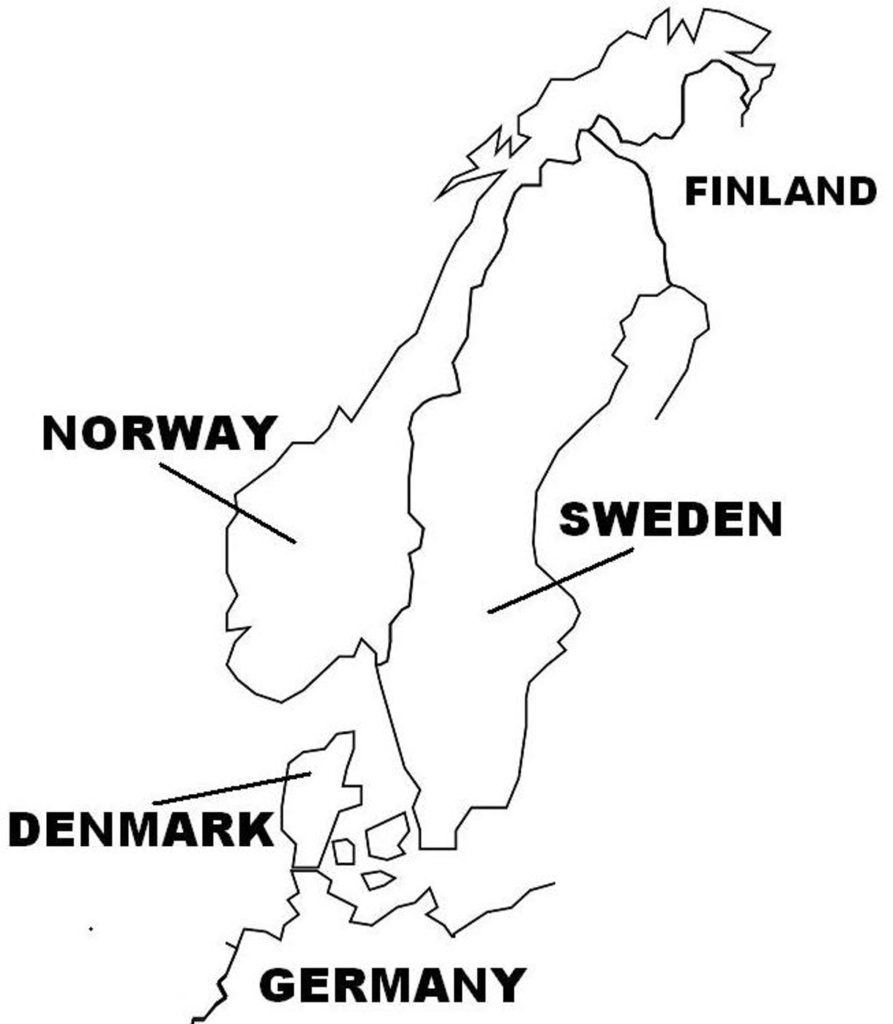In the early morning of August 29, 1943, the Danish Navy scuttled many of its ships at the Copenhagen harbor to prevent them from falling into German possession. Just a few hours earlier, German forces had entered the city to take over Denmark and disarm the Danish military. Of the 52 vessels of the Danish Navy (2 were in Greenland), 32 were scuttled, 4 escaped to Sweden, and 14 were captured by the Germans. Danish military casualties were 23-26 killed and 40-50 wounded; 4,600 Danish personnel were interred. Germany had invaded Denmark in April 1940 but had allowed the Danish Navy to continue its maritime responsibilities which otherwise would have been taken up the German Navy, using much-needed manpower and resources that could be used elsewhere.
Also on August 29, the Germans dissolved the Danish government and imposed martial law throughout the country. The Danish cabinet tendered its resignation, which was not accepted by King Christian, and so continued to function until the end of the war.
The events were the culmination of the “August crisis”, where during the summer of 1943, the Danish population launched increasingly hostile civil unrest against the German occupation forces. Worker strikes, street demonstrations, and acts of sabotage as well as passive resistance were prevalent across the country. On August 28, Germany declared Denmark as “enemy territory” following the inability of German and Danish authorities to control the unrest.
On August 28, German authorities imposed censorship on public assemblies and strikes and curfew and introduced special military courts that imposed the death penalty for acts of sabotage. At the same time, an ultimatum was issued to the Danish government, which refused, leading to the German decision to declare Denmark “enemy territory” and to take over the administration of the country.

(Taken from Wars of the 20th Century – World War II in Europe)
After the German invasion of Denmark On April 10, 1940, German forces peacefully occupied Bornholm, Denmark’s easternmost island located in the Baltic Sea. Two Danish-linked territories were seized by the British: the Faroe Islands on April 12, and Iceland, a self-governing state with the Danish king as its head of state, on May 10. Greenland, a Danish colony, took a different path in World War II. Henrik Kauffmann, the Danish ambassador to the United States, signed a treaty with the U.S. government that allowed American military bases to be constructed in the island to protect it from German invasion. At this time, the United States was still neutral and a non-belligerent in World War II. The Danish government in Copenhagen, now controlled by the Germans as a protectorate, rejected the treaty.
In the immediate aftermath of the invasion, Denmark was allowed to maintain much of its internal political and administrative duties, King Christian X remained as the nation’s head of state, and the legislature, police, and judiciary continued to function as before. The Danish people generally were displeased by the German occupation, but also accepted the reality of the situation, especially after France’s defeat only two months later, in June 1940.
By 1943, German-Danish relations had deteriorated, and Denmark’s “politics of cooperation” ended, and the Danish people became hostile toward the occupation forces. Then when a spate of strikes, civil unrest, and sabotages broke out, and an armed resistance movement began to emerge, German authorities dissolved the Danish government, declared martial law, and enforced anti-dissident measures, including press censorship, banning strikes and mass assemblies, and imposing the death penalty for saboteurs, as well as ordering the round up of all Jews for deportation.
